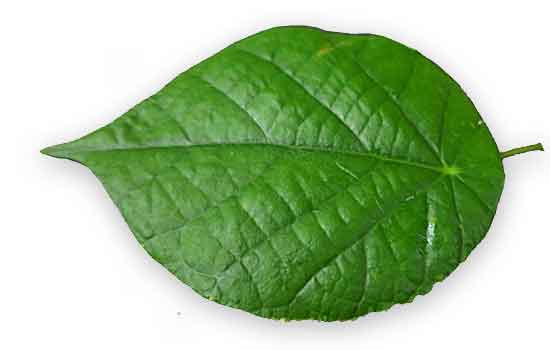
Family • Euphorbiaceae
Tula-tula
Mallotus floribundus (Blume) Muell.-Arg.
BLUE BLADE
| Scientific names | Common names |
| Adisca floribunda Blume | Bagnan (Tagb.) |
| Coelodiscus annamiticus (Kuntze) Gagnep. | Batalang (Bag.) |
| Mallotus amentiformis Müll. Arg | Katula (Sub.) |
| Mallotus anamiticus Kuntze | Kayog (Mbo.) |
| Mallotus floribundus (Blume) Müell.-Arg. | Tula-tula (Tag., Bik., Bis., Chab., Sul) |
| Mallotus floribundus var. genuinus Pax & K.Hoff. | Tuya-tuya (Tag.) |
| Mallotus floribundus var. pilosus Pax & K.Hoff. | Blue blade (Engl.) |
| Mappa floribunda (Blume) Zoll. & Moritzi | |
| Ricinus floribundus Reinw. ex Mûll.Arg. | |
| Rottlera floribunda (Blume) Hassk. | |
| Mallotus floribundus (Blume) Müll.Arg. is an accepted species. KEW: Plants of the World Online | |
| Other vernacular names |
| INDONESIAN: Nakau, Tapen. |
| KHMER: Kabahs prei roniëm. |
| MALAY: Mahang, Maya-maya, Memaya, Mempasuh, Pasu-pasu, Tampin, Sebukin air. |
| MYANMAR: Taung-kado. |
| THAI: Lo, Lo khon, Pik, Prik. |
| VIETNAMESE: B[aj]ch dan, Ba b[es]t hoa nhi[eef]u, Balik angin, Babet nhieu hao, Bach dan, Ruoi trung bo, Ba bet hoa nhieu. |
Updated August 2025 / January 2020 / November 2018 / September 2013
![]()
 |
PHOTOS / ILLUSTRATIONS |
| MAGE SOURCE: Mallotus floribundus / © The Plants in Malaysia / Used for non-commercial use / CLICK ON IMAGE TO GO TO SOURCE PAGE / LuckyBox2/FC2 |
| IMAGE SOURCE: Euphorbiaceae: Mallotus floribundus / Leaf / Copyright © 2018 by Mark Gregory Q Rule (contact: pieter.pelser@canterbury.ac.nz) [ref. DOL13685] / Non-Commercial Use / Image modified / Click on image or link to go to source page / Phytoimages.siu.edu |
| IMAGE SOURCE: Euphorbiaceae: Mallotus floribundus / Leaf and infructescence / Copyright © 2011 by Leonardo L Co [ref. DOL27973] / Non-Commercial Use / Image modified / Click on image or link to go to source page / Phytoimages.siu.edu |
Additional
Sources and Suggested Readings |
• |
DOI: It is not uncommon for links on studies/sources to change. Copying and pasting the information on the search window or using the DOI (if available) will often redirect to the new link page. (Citing and Using a (DOI) Digital Object Identifier) |
| Â Â Â Â Â Â Â Â Â Â Â Â Â Â Â Â Â Â Â Â Â Â Â Â Â Â Â Â Â Â List of Understudied Philippine Medicinal Plants |
| Â Â Â Â Â Â Â Â Â Â Â Â Â Â Â Â Â Â Â Â Â New plant names needed The compilation now numbers over 1,500 medicinal plants. While I believe there are hundreds more that can be added to the collection, they are becoming more difficult to find. If you have a plant to suggest for inclusion, native or introduced, please email the info: scientific name (most helpful), local plant name (if known), any known folkloric medicinal use, and, if possible, a photo. Your help will be greatly appreciated. |
• |
 |
• |




